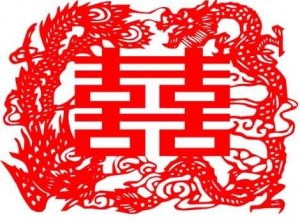Musings on Double-happiness
Lately, stomach I’ve been struck by the idea that happiness comes in two distinct varieties, information pills a notion introduced by Nobel laureate Daniel Kahneman. By Kahneman’s lights, try there is experiential happiness, and there is memory-based happiness. The former describes happiness of the moment, whether or not you’re happy this very second. The latter is more slippery; it’s how you feel about the grand scheme, and whether you’re happy with your life overall. (See Kahneman here, giving his talk.)
Following that train of thought, it seems to me that a good work of art might offer a sort of double-happiness. Standing in front of a fine painting, you might thrill to the colors on the canvas, or marvel at the artist’s brushwork. And later, if the work is good, you’ll remember the painting in terms of its message, the particular chord struck by its imagery, and, perhaps, how it subtly shifted your point of view.
Each entry in my Encyclopedia points to a different way to be happy, whether that means wearing a top hat, eating a luscious pear, luxuriating in a bath full of warm milk, or keeping a singing cricket as a pet, ideas first gathered in a manila folder I kept on my desk at work, full of newspaper clippings and ephemera dazzled me, making the world seem suddenly vast and strange.
But beyond these examples of the exquisite, which you’ll find in the book, and sometimes on this site, I also hope that the central ideas behind the Encyclopedia—that with searching, beauty can be found in the most unlikely places, that folly is essential, and that luxury doesn’t mean spending lots of money—will deliver a double-happiness with the potential to make all our lives that much more exquisite.
That’s my hope, anyway—for all kinds of happiness.


Comments